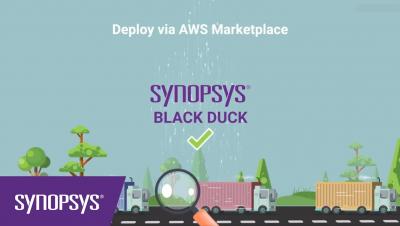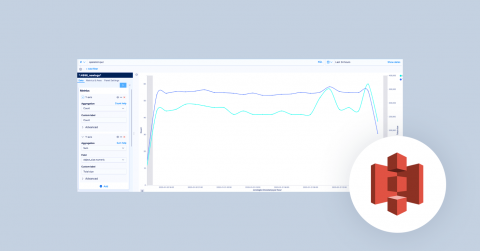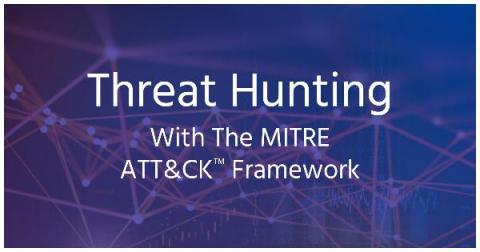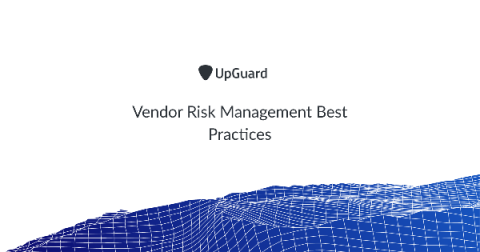Security | Threat Detection | Cyberattacks | DevSecOps | Compliance
%term
How CISOs Can Expand Their Security Duties into Industrial Environments
Digital attacks are a top concern for Industrial Control System (ICS) security professionals. In a survey conducted by Dimensional Research, 88 percent of these personnel told Tripwire that they were concerned about the threat of a digital attack. An even greater percentage (93 percent) attributed their concerns to the possibility of an attack producing a shutdown or downtime.
Elastic SIEM for home and small business: Beats on Mac
Hey, there. This is part six of the Elastic SIEM for home and small business blog series. If you haven’t read the first, second, and third blogs, you may want to before going any further. In the Getting started blog, we created our Elasticsearch Service deployment and started collecting data from one of our computers using Winlogbeat. In the Securing cluster access blog, we secured access to our cluster by restricting privileges for users and Beats.
What is Real Time Cyber Attack Map?
Real time cyber attack maps offer us an insight on the attacks going on around the globe. They sure are eye candies, but do they have any use? Read our article to learn more. Although their extent, kind and intent changes, one thing about cyber attacks remain the same: They never stop. At any given moment, there are hundreds of cyber attacks happening.
Detecting CVE-2020-0601 Exploitation Attempts With Wire & Log Data
Editor’s note: CVE-2020-0601, unsurprisingly, has created a great deal of interest and concern. There is so much going on that we could not adequately provide a full accounting in a single blog post! This post focuses on detection of the vulnerability based on network logs, specifically Zeek as well as Endpoint. If you are collecting vulnerability scan data and need to keep an eye on your inventory of systems that are at risk, then check out Anthony Perez’s blog.
10 Alerts and Visualizations for S3 Server Access Logs to take control of AWS infrastructure
AWS S3 Server Access logs provide detailed records for requests made to S3 buckets. They’re useful for many applications. For example, access log information can be useful in security and access audits. It can also help generate customer insights and better understand your Amazon S3 bill. Coralogix makes it easy to integrate with your S3 server access logs via a Lambda function.
FUD-free analysis: Natural language processing (NLP)
If you follow me on Medium or Twitter, you may already be aware. Still, if you don’t (I assure you that you’re missing out), I have been researching several technologies in preparation for an OPSEC/Anti-OSINT tool that I am crafting. I am using this tool as a means to push myself harder to learn something new that I can apply professionally. I am also doing this to be able to make a positive difference in the world.
Threat Hunting with The MITRE ATT&CK Framework
As a result of this ever-increasing volume and sophistication, SOC’s and SIEM’s using traditional, reactive measures are overwhelmed. More and more organizations are turning to detection and response solutions which combine threat intelligence and cyber expertise, to uncover and remediate threats as early as possible, and also to mitigate risk of future attacks.
Vendor Risk Management Best Practices
Vendor risk management is hard. And it's getting harder. But it doesn't have to be. Business units are outsourcing more of their operations to third-party suppliers. In turn, these suppliers outsource to their own service providers. It's undeniable, the average organization's exposure to third-party risk and fourth-party risk has never been higher.
The Vendor Security Assessment (VSA): What You Need to Know
Requesting that a SaaS company answer a Vendor Security request has become a regular thing for companies who work in the cloud. But have you thought about how the reverse works, that is, when your customer has a VSA process focusing on you?










